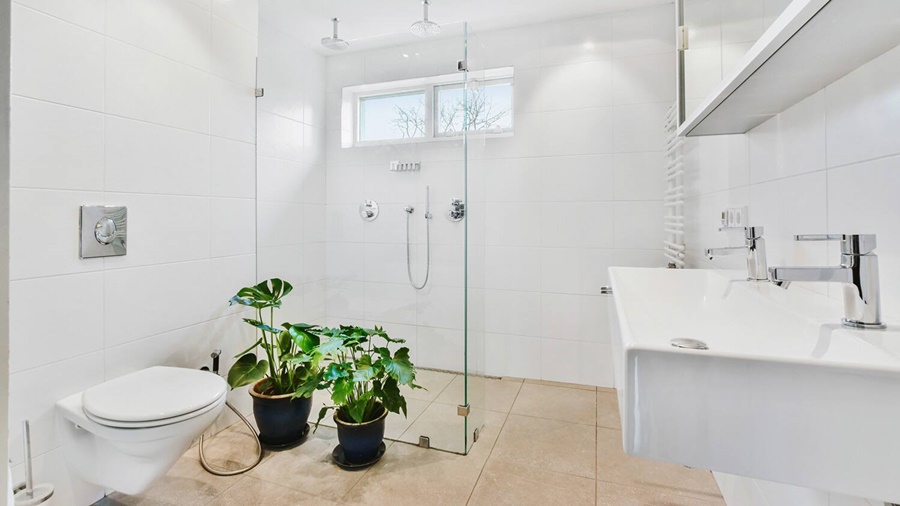It can be surprising (and a bit unsettling) to discover that the water in your toilet bowl feels warm or even hot. Since toilets are typically connected to cold water lines, warm water in the bowl usually signals an issue that needs to be addressed. This article explores the possible reasons behind hot toilet water, the potential implications, and how to resolve the issue.
1. Cross-Connection with Hot Water Line
One of the most common causes of hot water in the toilet is a plumbing error known as a cross-connection. This happens when the cold water line feeding the toilet is accidentally connected to a hot water line. This can occur during:
Home renovations or plumbing repairs
DIY installations gone wrong
Faulty work by inexperienced plumbers
Solution: A licensed plumber can inspect your plumbing layout to identify and fix any incorrect connections. Correcting the connection to a proper cold water line should resolve the issue.
2. Shared Wall with a Hot Water Source
Sometimes, the cause isn't a plumbing error but proximity. If the toilet’s supply pipe runs along a wall that also carries hot water pipes (e.g., from a shower, water heater, or dishwasher), the heat from those pipes can warm the nearby cold water lines, especially in:
Tight spaces or walls with poor insulation
Older homes with inefficient pipe routing
Solution: Insulating the cold water pipe or rerouting it slightly can prevent it from absorbing heat from nearby hot water lines.
3. Heated Bathroom or Warm Environment
In rare cases, a bathroom with underfloor heating, a nearby furnace, or excessive ambient heat can gradually warm the water sitting in the toilet bowl.
Solution: While this isn't usually a cause for concern, ensuring proper ventilation and checking heating systems for excess output can help maintain temperature balance.
4. Backflow from a Hot Water Source
Improperly installed or malfunctioning backflow prevention devices can allow heated water from a hot water source to flow back into the cold water lines, reaching the toilet.
Solution: A plumber can test your backflow prevention devices and install check valves where necessary to stop reverse flow.
5. Unusual Plumbing Designs in Older Homes
Older houses, especially those with unconventional or retrofitted plumbing systems, may have unusual water line configurations. In such cases, a toilet might have been mistakenly or creatively connected to a hot water source as a quick fix during a past repair.
Solution: Have a professional evaluate your plumbing system. Re-plumbing the toilet connection to a cold water line is often the safest fix.
6. Why Hot Toilet Water Is a Problem
While it might seem like a harmless oddity, hot water in your toilet can lead to:
Increased water bills (hot water is more expensive to produce)
Cracked porcelain due to temperature fluctuations
Condensation and moisture issues that can encourage mold growth
Wasted energy heating water unnecessarily
7. When to Call a Professional
If you're unable to identify the cause yourself or if hot water persists, it's best to consult a licensed plumber. They can:
Diagnose the root issue
Ensure your plumbing meets code
Prevent further damage or unnecessary water/energy use
Conclusion
Hot water in your toilet is usually a symptom of an underlying plumbing issue, whether it's a cross-connection, heat transfer, or a backflow problem. Identifying and fixing the root cause not only brings peace of mind but also helps prevent long-term damage and costs. When in doubt, always seek the help of a qualified professional.

